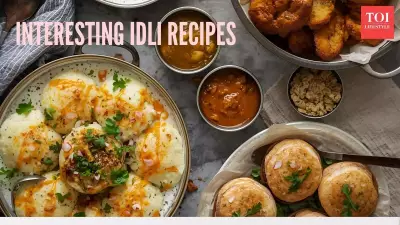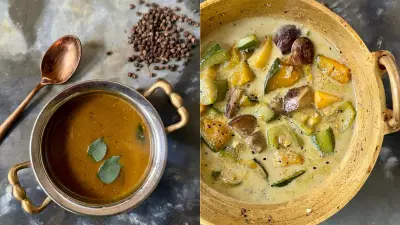
Step into any traditional Irani cafe in Hyderabad, and you'll be greeted by the unmistakable aroma of freshly baked biscuits that have defined the city's culinary identity for generations. These aren't just ordinary cookies—they're edible pieces of history that tell the story of migration, adaptation, and culinary genius.
The Crown Jewel: Osmania Biscuit
The legendary Osmania biscuit reigns supreme in Hyderabad's bakery scene. Created during the reign of the last Nizam, Mir Osman Ali Khan, this unique biscuit perfectly balances sweet and salty flavors with a distinctive melt-in-the-mouth texture. What makes it truly special is its versatility—equally perfect with morning chai or evening coffee.
"The Osmania biscuit was born out of the Nizam's preference for something less sweet than traditional Indian mithai but more flavorful than British biscuits," explains a third-generation baker from the old city. "It became so popular that it eventually became the signature offering of every Irani cafe in Hyderabad."
Karachi Biscuit: The Crunchy Cousin
While Osmania gets most of the attention, the Karachi biscuit has its own loyal following. Characterized by its satisfying crunch and slightly sweeter profile, this biscuit features a beautiful golden-brown color and often contains subtle notes of cardamom. Despite its name, it's purely Hyderabadi in origin, named after the Karachi Bakery that first popularized it.
Dum Ka Roat: The Festive Delicacy
For special occasions and festivals, Hyderabad turns to Dum Ka Roat, a rich, dense biscuit that's more like a fruit cake in texture. Loaded with dry fruits, nuts, and aromatic spices, this biscuit is traditionally slow-baked (hence the 'dum' method) to achieve its characteristic dense, moist texture.
The Irani Cafe Legacy
The story of Hyderabad's biscuit culture is inextricably linked to the Irani cafes established by Zoroastrian immigrants from Iran in the early 20th century. These establishments became community hubs where people from all walks of life would gather for conversation, chai, and of course, biscuits.
What made Irani cafe biscuits unique was their ability to blend Persian baking techniques with local Indian tastes. The result was a completely new category of baked goods that neither purely Western nor traditionally Indian.
Preserving Tradition in Modern Times
Today, as modern bakeries and international chains proliferate, traditional Hyderabad biscuits face the challenge of maintaining their authentic recipes and methods. However, establishments like Subhan Bakery, Pista House, and several old-city bakeries continue to make biscuits the traditional way.
"The secret is in the ratios and the baking process," says a veteran baker. "We still use the same recipes our grandfathers brought from Iran, adjusted slightly for local ingredients. The slow baking at controlled temperatures is what gives these biscuits their unique texture."
From being humble accompaniments to tea to becoming cultural icons that represent Hyderabad's composite food culture, these biscuits have journeyed far beyond their simple ingredients of flour, butter, and sugar. They remain living, edible monuments to the city's rich culinary heritage.





